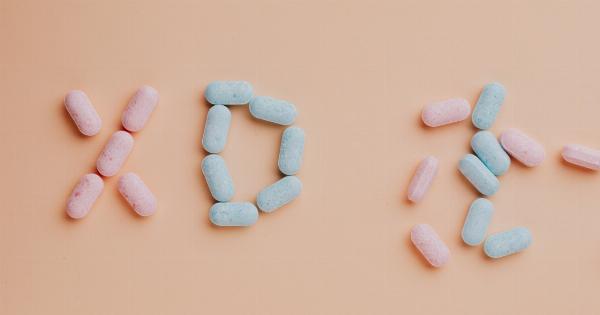Orgasm is a complex physiological and psychological response that is essential for human reproduction. Although the process of achieving orgasm may vary from one individual to another, the underlying brain chemistry remains the same.
The brain is responsible for initiating and coordinating the physiological and psychological response that leads to orgasm. In this article, we will explore the brain chemistry that is involved in the path to orgasm.
Brain Chemistry and Sexual Arousal
Sexual arousal is the first step towards achieving orgasm. It is a complex process that involves physiological responses such as increased blood flow to the genital area, increased heart rate, and increased respiration rate.
Sexual arousal also involves psychological responses such as the release of dopamine, which is a neurotransmitter that is associated with pleasure and reward.
When an individual experiences sexual arousal, the brain releases a cascade of hormones and neurotransmitters that stimulate the sex organs and create a sense of pleasure and anticipation.
These hormones and neurotransmitters include testosterone, estrogen, progesterone, oxytocin, and dopamine.
The Role of Oxytocin in Orgasm
Oxytocin is a hormone that is produced in the hypothalamus and released by the pituitary gland. It is often referred to as the “love hormone” because it is involved in social bonding and trust.
Oxytocin is also involved in sexual arousal and orgasm.
During sexual arousal, oxytocin is released in the brain and plays a crucial role in the formation of the emotional bond between partners. Oxytocin also helps to trigger the rhythmic contractions of the genital muscles that lead to orgasm.
The Role of Dopamine in Orgasm
Dopamine is a neurotransmitter that is associated with pleasure and reward. It is released in the brain during sexual arousal and orgasm.
Dopamine plays a crucial role in the brain’s reward system, which reinforces behaviors that are associated with pleasure and positive experiences.
During sexual arousal, dopamine is released in the brain, creating a sense of pleasure and motivation to continue the sexual activity.
The Role of Serotonin in Orgasm
Serotonin is a neurotransmitter that is associated with mood regulation and has been linked to sexual desire and satisfaction. Serotonin levels are often decreased during sexual arousal, making it more difficult for an individual to achieve orgasm.
However, as an individual approaches orgasm, serotonin levels begin to increase again, leading to a sense of relaxation and pleasure.
The Role of Endorphins in Orgasm
Endorphins are natural painkillers that are released by the body during physical activity, such as exercise, and during sexual arousal and orgasm. Endorphins have a similar effect to opioids and create a sense of euphoria and pleasure.
During sexual activity, endorphins are released in the brain, contributing to the sense of pleasure and relaxation that is associated with orgasm.
The Importance of Communication in Achieving Orgasm
Achieving orgasm requires communication and understanding between partners. Each individual may have their own unique preferences, and it is important to communicate these preferences to your partner to ensure that both partners reach orgasm.
Effective communication during sexual activity can help to promote an emotional and physical connection between partners, which can lead to a more satisfying sexual experience.
Conclusion
In conclusion, achieving orgasm is a complex process that involves both physiological and psychological responses.
The brain chemistry that is involved in the path to orgasm includes the release of hormones and neurotransmitters such as oxytocin, dopamine, serotonin, and endorphins. Effective communication between partners can help to enhance the sexual experience and promote emotional and physical intimacy.





























